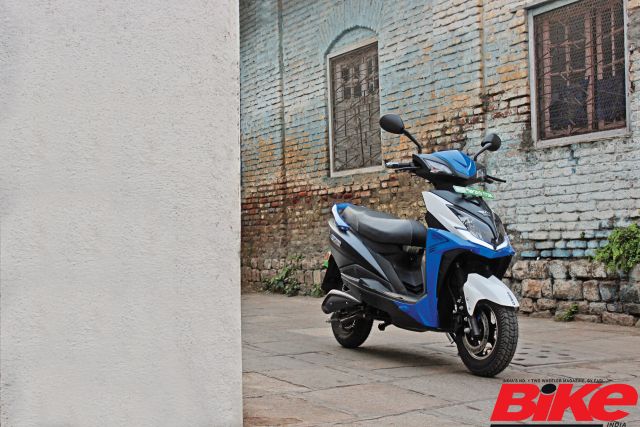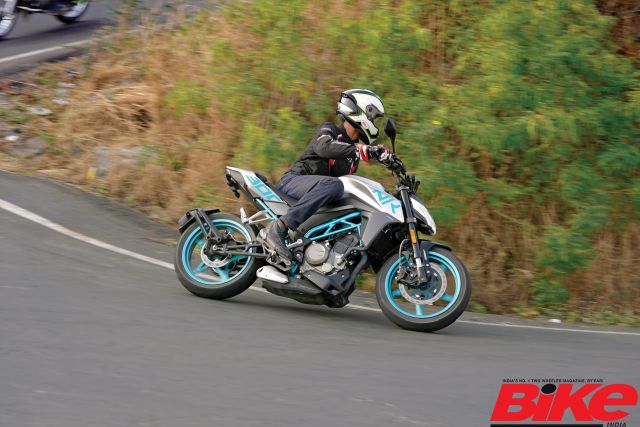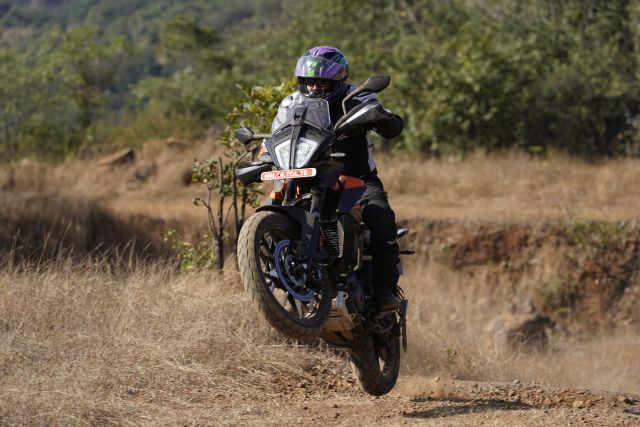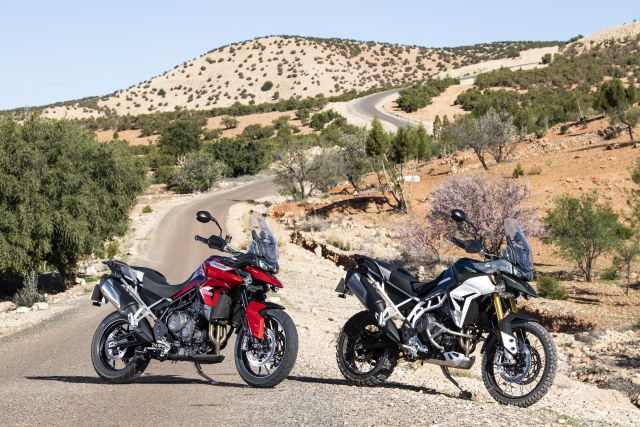We’ve waited exactly for a year to get our hands on the Classic Legends Jawa for a road test. Has the wait been worth it?

Bike Reviews in India
Gemopai Astrid Lite Road Test Review – The Lite at the End of the Tunnel?
Foraying into the realm of electric scooters will never be complete until you bid adieu to your petrol-powered steed. We find out if the Gemopai Astrid Lite will tempt you to make that radical decision
 [Read more…] about Gemopai Astrid Lite Road Test Review – The Lite at the End of the Tunnel?
[Read more…] about Gemopai Astrid Lite Road Test Review – The Lite at the End of the Tunnel?
Triumph Tiger 900 GT Pro and Rally Pro First Ride Review: A Comprehensive Update
CF Moto 300NK Road Test Review – Fighting Prejudice
We seek the aid of numbers and graphs to validate the CF Moto 300NK’s right to tackle established street-nakeds
 [Read more…] about CF Moto 300NK Road Test Review – Fighting Prejudice
[Read more…] about CF Moto 300NK Road Test Review – Fighting Prejudice
KTM 390 Adventure First Ride Review: The Austrian for India

Good roads, bad roads or no roads, the KTM 390 Adventure is up to the task.
[Read more…] about KTM 390 Adventure First Ride Review: The Austrian for India


